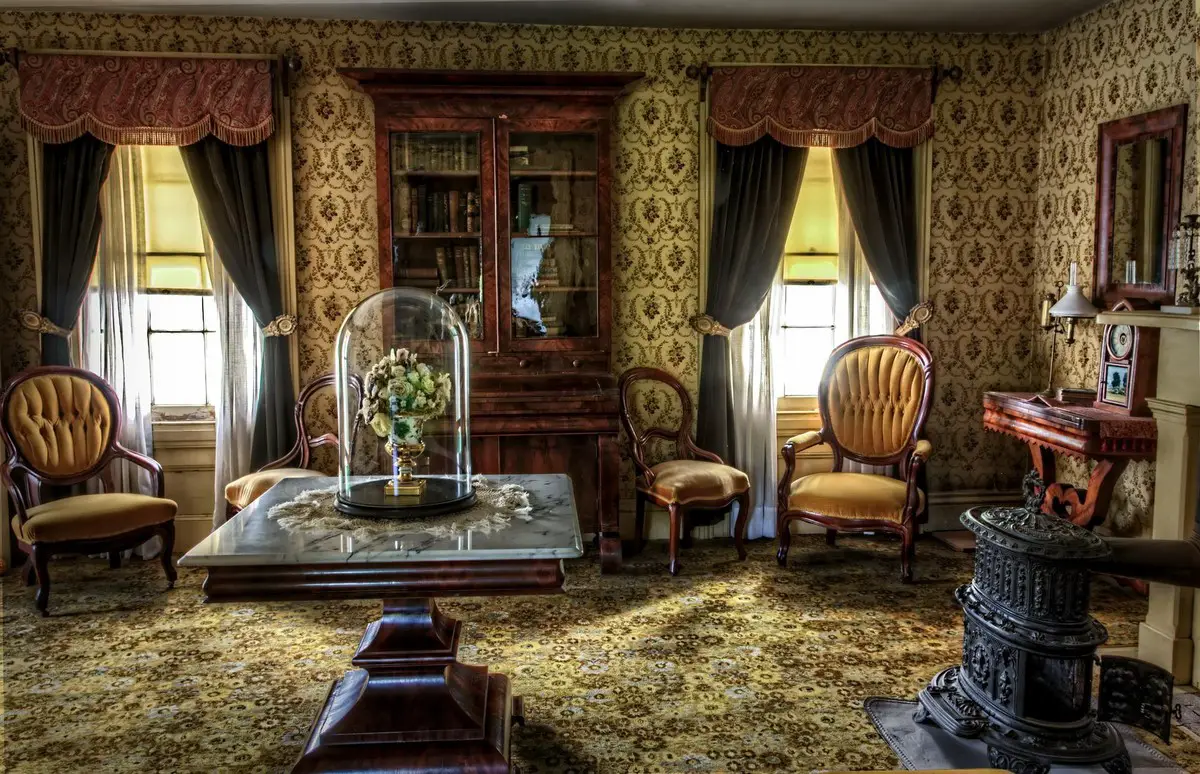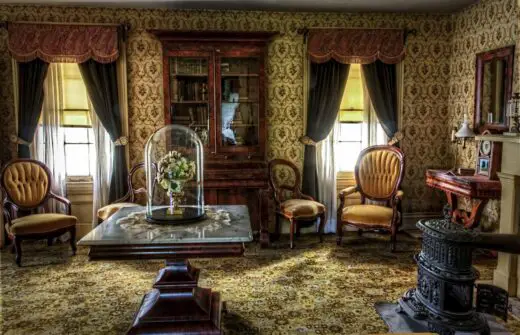Antique care and maintenance guide, Dumbo upholsterers, New York City furniture refurb
Antique Care and Maintenance Guide
12 Jun 2022
Classic antique home decor items never go out of style. They blend with both vintage and contemporary pieces, giving our home a unique, stylish design. Yes, they are expensive, but the good thing is that their value increases over time. However, you cannot expect this from deteriorated pieces. Regular care is compulsory to preserve their quality, charm, and value. If you don’t know how to do that, we’re here to guide you. Let’s jump into the tips.
Antique Care and Maintenance Tips
Dusting
Antique items such as chandeliers, furniture, telephone, table lamp, and jewelry are susceptible to quick dust buildup. Those small particles can mark and stain your valuable belongings, which can be permanent in the worst case. That’s why, you must dust off every curve and edge with a soft, lint-free rag. Don’t use a feather duster or rough brushes because they can scratch the antiques. Daily dusting also helps in lessening the risk of pest infestation. But your collectibles are already infected, separate them and start disinfestation treatments immediately.
Cleaning
Sometimes, dusting may not be enough to remove old, hidden, and hard-to-reach debris. In this case, cleaning is mandatory. You can use a chemical-free cleanser, mild soapy water, or DIY weak water-vinegar solution for this job. Check the ingredient list to ensure that it won’t damage the finish of your antique. Soak a soft towel into the cleansing liquid and rub it gently until all filth has come out. Finally, rinse everything off and wipe with a dry fabric. Some antiques might require special treatment when it comes to cleaning. Follow the guidelines and precautions as written in the manual.
Polishing
Polishing is an excellent step to bringing back lost gleam and beauty. You have multiple choices, including wax, aerosol spray, liquid, French polish, etc. If you own vintage wooden furniture, go for a beeswax-based product. Avoid silico-based polishes as they can be destructive to wood grains. However, you can apply candle wax on only friction-prone sections. Leave the hardware (legs, handles, hinges, etc.) as they are; polishing might vanish their tarnished layer. Opt for non-toxic, environment-friendly options for your metal items. If you’re not confident enough to polish yourself, you can contact experts for refurbishment.
Restoration
Many people fear that restoration may cause drastic decreases in the historical value of antiques, which is partially true. But it is a must for damaged items; otherwise, they may deteriorate even more or become unusable. For example, hard paint spills on an antique chair look awful and affect its value. Those marks can be removed in the restoration process. Besides, some antiques are highly delicate. Owners can take care of their minor adjustments but not everything. The Dumbo Upholsterers strongly suggests trying repeated refurbishment services for the complicated works.
Transporting
Shifting irreplaceable and costly antiques safely takes more effort than usual. You must pay extra attention to packaging because it will protect them from breakage, bumps, scratches, and other damages. First, disassemble large pieces if possible. Select the right-size box which is neither too small nor too large. Buy specialty packages for fragile items. Wrap the corners and sharp edges with protective padding. Add at least one layer of air-filled plastic wrap or another cushioning for further protection. Seal the wrapping with tape and pack it. Try to place this box on the safest part of the truck.
Protect from environmental conditions
UV rays are harmful to a historical item as they can fade its finishes and mess up chemistry. Always keep sensitive units like wood, glass, and leather far away from sun exposure. You can cover them with a large bed sheet when not in use. Also, changes in humidity might have a noticeable impact on wooden antiques. You must activate a suitable humidifier to reduce the adverse effects of a dry atmosphere. Similarly, high moisture levels promote mold and mildew growth on your favorite furniture. A dehumidifier will be helpful in bringing the humidity back to the ideal setting.
Comments on this Antique care and maintenance guide are welcome.
Construction
Construction Safety Posts
Construction Site Equipment Every Contractor Needs

Why Construction Safety Is Important
Best practices to improve construction site safety
Safety rules and responsibilities for construction sites
Building Design
Architecture
Comments / photos for the Antique care and maintenance guide page welcome






